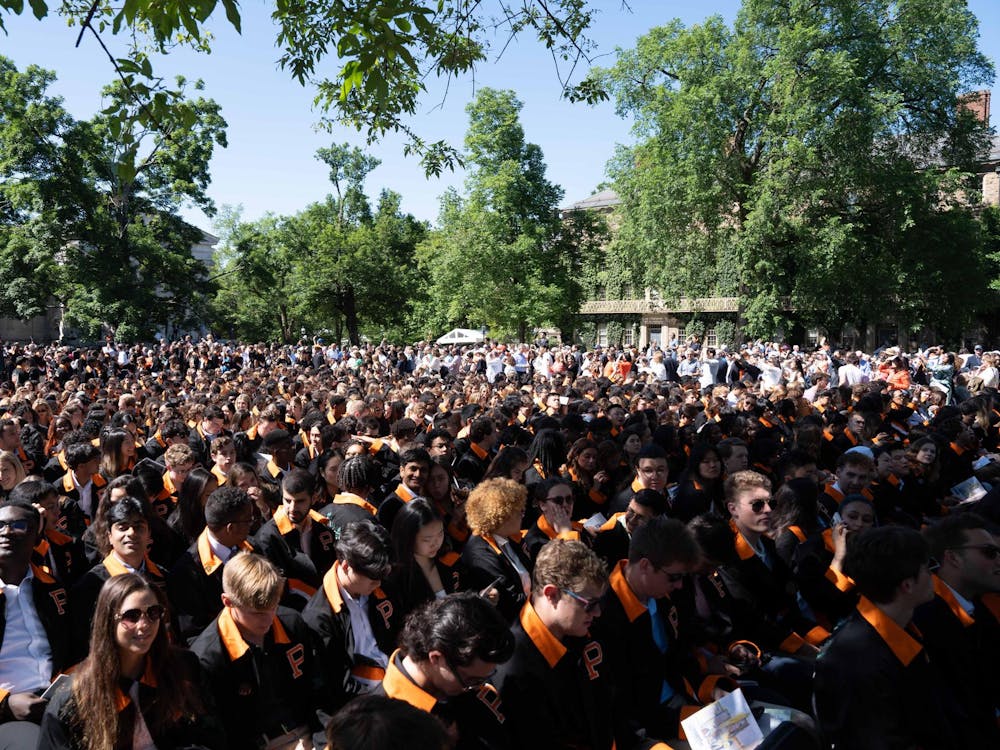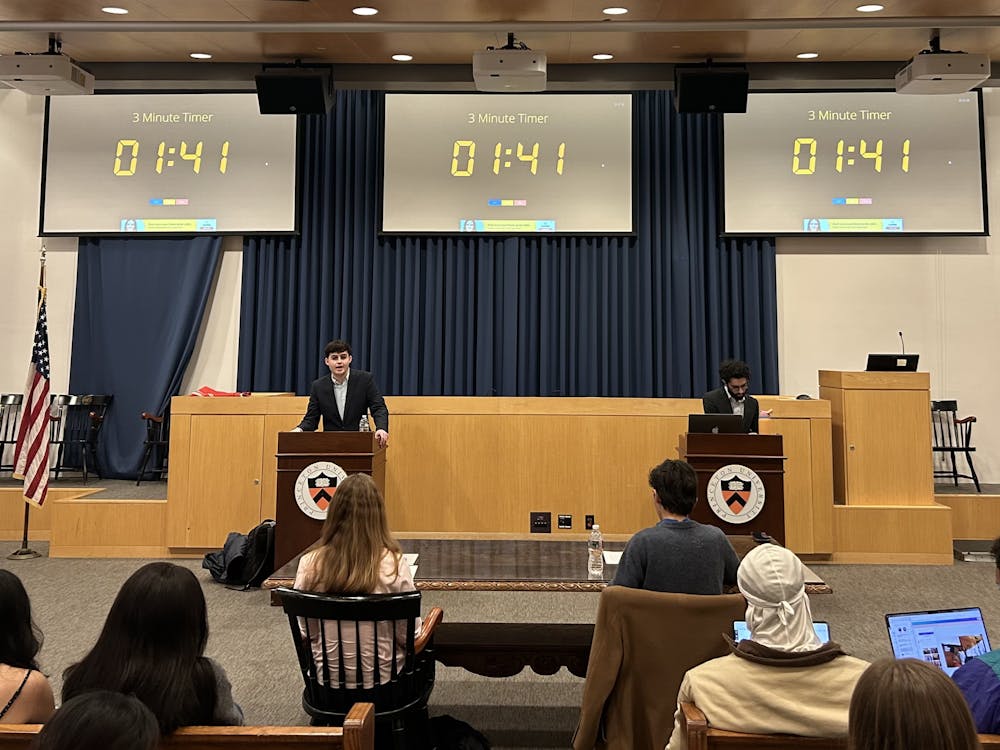It's hard to believe that in 1982, while I was a teenager enjoying Reese's pieces at my local theater (for one dollar admission!) watching E.T. — The Extraterrestrial, most of you were either a) squalling infants, or b) not.
In case you've been studying and have missed the latest offerings from Hollywood, that same film has just been re-released to celebrate the twentieth anniversary of its original showing. I took my two sons to see the film over the weekend, and I suddenly realized, in part, why the film meant so much to so many people when it was first released 20 years ago. For those several of you who have not seen the film due to a strict neo-Luddite upbringing, I will briefly summarize without, I hope, giving away too much of the plot: A visitor from another planet arrives in a strange land by happenstance, where it is befriended first by one, then two more of its native inhabitants. The strange visitor, in a moving scene, expresses that it wishes to return home. The three native inhabitants assist the foreign visitor in its quest to return home by putting it into contact with its own kind. Despite many obstacles and dangers, the visitor is able to achieve conveyance back home. Although the visitor and the three native inhabitants have become very close friends, and there is a tearful parting — especially between the visitor and the first native to befriend it — all of them know that home is where each of them ought to go or remain, and so the visitor departs, leaving the natives to try to order their own home as best they can.
I realize that this summary is fairly strained in its studied aversion to details. I didn't include them on purpose; it's an experiment.
I invite you to offer this stripped-down summary to some people who haven't read this article or seen "E.T." recently. I offered the summary to my wife on the morning after I saw E.T. with my sons and asked her to name the film, and got the answer that I expected, and confirmation of why the movie appealed so deeply to its audience in 1982. She didn't say E.T.; she said — get this — "The Wizard of Oz." And she was right. The bare plot outline of E.T. is nearly identical to that of "The Wizard of Oz," down to the three friends that are met by the visitor and the first one — Eliot or the Scarecrow, take your pick — who becomes the special and dearest friend of the visitor. What's interesting about the comparison is that E.T. is a version of Oz told, this time, from the perspective of the Scarecrow rather than Dorothy, although in each version the perspective is represented by a human. Thus, what is strange in "The Wizard of Oz" is Oz and its inhabitants; what is strange in E.T. is E.T. Placing the two films side-by-side helps us to realize the anthropomorphic assumptions that underlie our relative perspective of what is strange, even as we congratulate ourselves for accepting and embracing such strangeness.
Of course, the overarching similarity of the two films centers on the invocation of the word "home" — said in that eerily croaky but endearing voice of E.T.'s, or captured in that immortal phrase of Dorothy, "there's no place like home." I suspect a good part of the reason I didn't see this connection in 1982 was that I was living at home when I saw the movie. The movie, in my view, was about aliens and adventure and friendship, but I just wasn't as interested in a story about home — I was about to leave for college after all, so how could I take E.T.'s word all that seriously? Similarly, "Oz" was about flying monkeys and witches and that great scene when the Tin Man axes the door. How can you care that much about home when you live there?
Yet, culturally, there may be deeper reasons why most have missed this connection. In a recent book about "The Wizard of Oz," Salman Rushdie largely lauds the film, even crediting it for his original inspiration to write, but raises one pointed objection: "Why does Dorothy want to return to Kansas?" It's bleak, gray, impoverished and full of injustice. Aunt Em and Uncle Henry aren't even her real parents; L. Frank Baum's book, in fact, reveals that she is an orphan, adopted by the Kansans. Why go back?
It's a question many of us have perhaps not asked, just as we don't ask why E.T. doesn't stay (ok, ok, aside from the fact it's killing him), or, why Eliot doesn't go in the ship when invited by E.T. ("come . . ." says the always expressive alien). Yet for many of us in our daily lives, the question is the same: Why would we WANT to return home? It's nice to visit and all, but, how many of you plan to return to live in your hometown after graduation (put down your hands, native Manhattanites)? Each of the films play on "nostalgia," a Greek word that combines two words — nostos and algia — meaning "homecoming" and "a longing born of separation." What's strangest about the films is how easily we accept their shared premise, not only that the main characters — Dorothy or E.T. — return home, but that they would want to. That Americans love these films, however, suggests how much we share that longing, even if only through nostalgia, and from the safe distance of several rows of empty seats. It makes you wonder about Dorothy and E.T. back at home — how soon before they leave again? Stay tuned for the sequel. Patrick J. Deneen is an assistant professor in the Politics department. He can be reached at pdeneen@princeton.edu.







